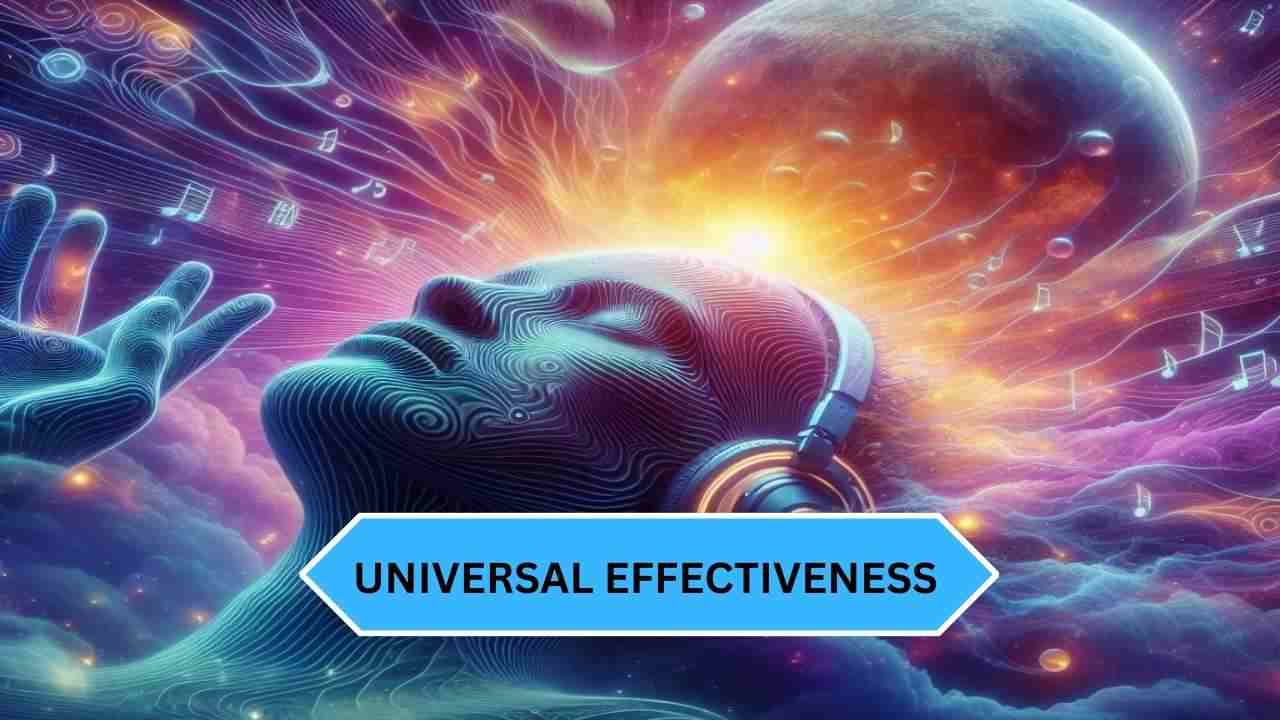Lucid dreaming, the ability to be aware and control your dreams while you’re asleep, has intrigued humanity for centuries. It’s no wonder that people are constantly seeking new methods to induce and enhance lucid dreams. One such method gaining popularity is lucid dreaming music. But does it really work?
Before delving into whether lucid dreaming music is effective, let’s understand what it is. Lucid dreaming music refers to specially designed audio tracks intended to influence brainwave patterns and guide the listener into a state conducive to lucid dreaming.
This type of music is believed to enhance relaxation, focus, and ultimately, dream vividness.
How Does Lucid Dreaming Music Work?
Unravel the mechanics behind lucid dreaming music, exploring its profound effects on dream states and consciousness.
Influence on Brainwave Patterns
Lucid dreaming music often incorporates binaural beats or isochronic tones, which are designed to synchronize brainwave activity with specific frequencies associated with different states of consciousness. By listening to these beats or tones, the brain can be gently guided into the desired state for lucid dreaming.
Triggering Relaxation and Focus
The music used for lucid dreaming is typically composed of soothing sounds, calming melodies, and repetitive patterns that induce relaxation. By relaxing the mind and body, listeners can enter a state of heightened awareness and receptivity, essential for lucid dreaming.
Enhancing Dream Vividness
One of the primary goals of lucid dreaming music is to make dreams more vivid and memorable. By creating an immersive auditory experience during sleep, the music can help amplify sensory perceptions within dreams, making them more lifelike and easier to recognize as dreams.
Types of Lucid Dreaming Music
There are various types of lucid dreaming music, each employing different techniques to facilitate lucid dreaming:
Binaural Beats
Utilize slightly different frequencies presented to each ear, resulting in a perceived third frequency which can influence brainwave activity.
Isochronic Tones
Consist of evenly spaced pulses of sound, believed to be more effective at entraining the brain than binaural beats.
Nature Sounds and Ambient Music
Mimic natural environments or create atmospheric soundscapes to induce relaxation and immersion.
Benefits of Using Lucid Dreaming Music
Using lucid dreaming music can offer several benefits:

Facilitating Lucid Dreaming Induction
Helps induce a state of relaxation and awareness conducive to lucid dreaming.
Improving Sleep Quality
Promotes deeper, more restful sleep, which can enhance dream recall and clarity.
Enhancing Dream Control and Clarity
By making dreams more vivid and immersive, lucid dreaming music can aid in controlling dream scenarios and outcomes.
Tips for Using Lucid Dreaming Music Effectively
To make the most of lucid dreaming music, consider the following tips:
Finding the Right Type of Music
Try out a variety of approaches and styles to see which one most appeals to you.
Setting the Mood for Lucid Dreaming
Create a relaxing bedtime routine and environment conducive to sleep and lucid dreaming.
Using Headphones for Optimal Results
Headphones can help isolate and enhance the auditory experience, making it easier to enter a lucid dreaming state.
Common Misconceptions about Lucid Dreaming Music
Despite its potential benefits, it’s essential to address some common misconceptions surrounding lucid dreaming music:
Instant Results
Lucid dreaming music may not work immediately and may require consistent practice and patience.
Universal Effectiveness
While many people find lucid dreaming music helpful, it may not work for everyone.

Substituting for Other Lucid Dreaming Techniques
Lucid dreaming music is most effective when used in conjunction with other lucid dreaming practices, such as reality checks and dream journaling.
Scientific Studies and Research Findings
While there is limited scientific research specifically on lucid dreaming music, some studies have shown promising results. However, more research is needed to fully understand its mechanisms and effectiveness.
Also Read: Lucid Dream: Meaning, Benefits, Dangers.
FAQs about Lucid Dreaming Music
Unravel common queries surrounding lucid dreaming music before delving into its efficacy and benefits.
What exactly is lucid dreaming music?
Lucid dreaming music is specially designed audio tracks intended to influence brainwave patterns and facilitate lucid dreaming.
How does lucid dreaming music differ from regular music?
Lucid dreaming music incorporates techniques such as binaural beats and isochronic tones, which are believed to affect brainwave activity in ways that promote lucid dreaming.
Can anyone experience lucid dreaming with the help of this music?
While many individuals find lucid dreaming music helpful, its effectiveness may vary from person to person.
Is lucid dreaming music safe to use?
Generally, lucid dreaming music is safe to use, but individuals with certain medical conditions or sensitivities should exercise caution and consult with a healthcare professional if necessary.
How long does it usually take to see results with lucid dreaming music?
Results with lucid dreaming music can vary, but consistent practice and patience are often necessary to experience significant benefits.
Conclusion
Lucid dreaming music offers a promising avenue for those interested in exploring the world of lucid dreaming. While its effectiveness may vary, many individuals have reported positive experiences with using this method to enhance dream vividness and control.
By incorporating lucid dreaming music into a holistic approach to lucid dreaming, individuals can potentially unlock new realms of consciousness and self-discovery.









